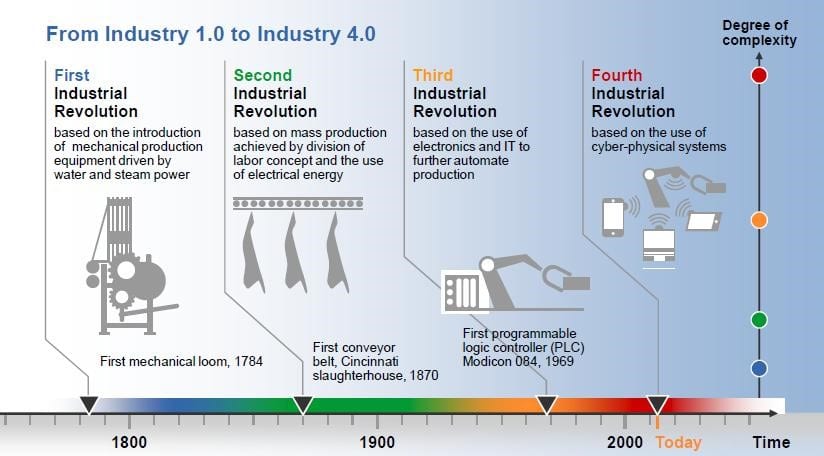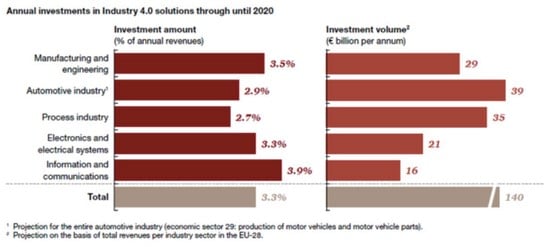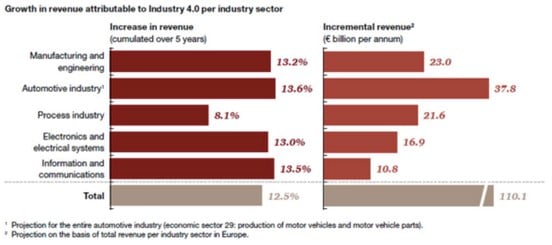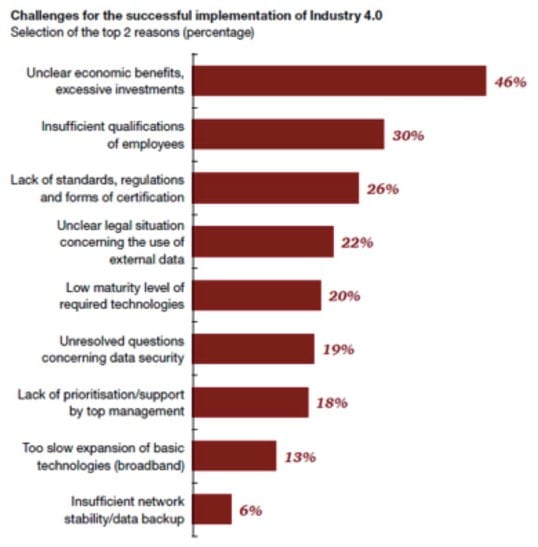 1 – What is the industry 4.0 ?
1 – What is the industry 4.0 ?
The term “Industry 4.0” refers to the fourth industrial revolution after mechanization, industrialization and automation.
Lets first recall what were the three previous revolutions:
- The first, often called mechanization began with the appearance of the first steam engine in the 1700s. This resulted in revolution to use non-muscle means to perform the required work. Mechanical production was born.
- The second, often called industrialization was born in the 1800s following the use of electricity, which brought more energy efficient than steam. This gave us access to a wide range of opportunities other than mechanical and thermal.
- Third, as the name suggests, arrived with the appearance of the first machines to complete repetitive tasks. It has revolutionized the world of production since humans were replaced by machines and therefore did not need a break. This industry that can be called the industry 3.0 have began in the 1900s.
- Today we are at the dawn of the fourth industrial revolution named the industry 4.0. It is sometimes called the “Internet of Things”. This is a form of interconnection between the machines, a sort of communication between objects. For example, a machine will be able to interact with an object and know whether it should be polished, cut or sent to another machine just by communicating with him.
Source : engineersjournal.ie
2 – European forecast : 140B euros of investment per year by 2020
The study by PwC & Strategy announced that by 2020, in Europe, four out of five companies will see their industries digitized. The next five years will therefore see as major focus on the digitization of entire manufacturing industries. The latter will be the major target of investment in the euro area.
The balance of the European industry plans to invest € 140 billion per year by 2020, a turnover estimated at 110 billion euros annually.
The massive investment in production facilities in the following years is not negligible, and comes with a total investment which represent 50% of the planned investments. European investment in industry 4.0 should be around 3.3% of the annual turnover of companies.
The industry sectors that invest the most are those of the production and engineering (3.5%) as well as technology (3.9%).
Source : PwC & Strategy
3 – The advantages of the industry 4.0
The industry 4.0 reduced costs and increases the productivity of the user companies. Consider the following key take-aways from the PwC study :
- The expected gain in productivity is estimated to increase by 18% over the next five years, in addition, this 4th industrial revolution will also allow cost savings of 2.6% per year.
- The future of industry will allow better traceability of products and better data processing, it will better meet the needs of customers who are increasingly customized.
- The interconnection of objects and their scans will give some intelligence to objects and enable intelligent connections between machines and men. This will enable companies to increase their turnover 2 to 3% on average.
- The PwC study shows that industries that have already digitized their workshops have the highest growth rates. Nearly 70% of companies that scanned their products and services reached after three years 6 to 10% of growth and some of them have even exceeded 10%.
With industry 4.0, the study predicts 110B euros in net additional cases per year for European industries
Source : PwC & Strategy
4 – Is there a brake to its success?
The three main constraints on this pace of growth are the uncertainty of the expected economic benefits, the huge investment required by this transformation and the lack of standards, and continued complexity of regulations and certification. The study reveals that an urgent need for feedback between companies is necessary because the lack of certainty created is the major obstacle.
Source : PwC & Strategy
5 – Sources
https://www.engineersjournal.ie/wp-content/uploads/2014/05/Domhnall_Carrol-006.jpg
https://www.pwc.fr/lindustrie-europeenne-prevoit-dinvestir-140-milliards-deuros.html



